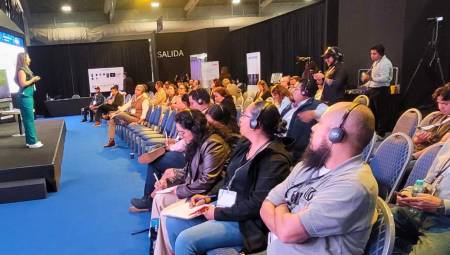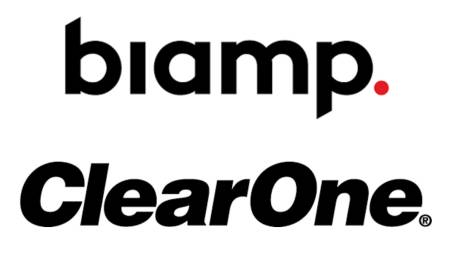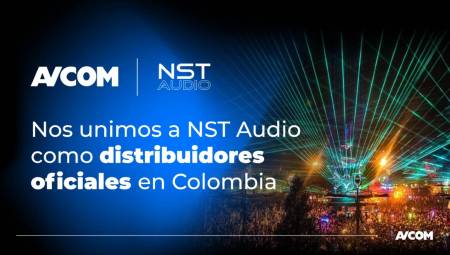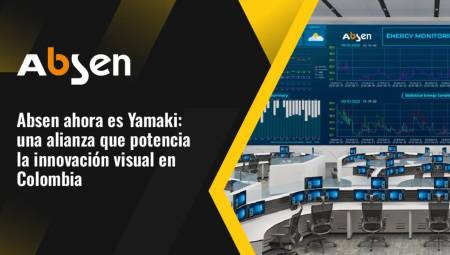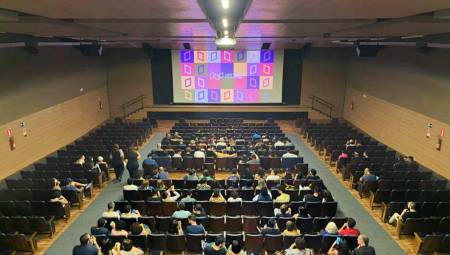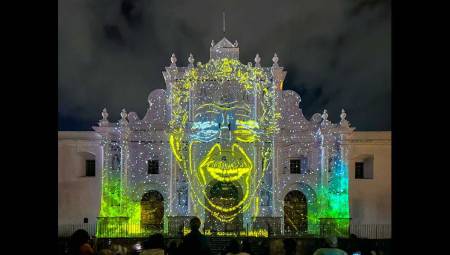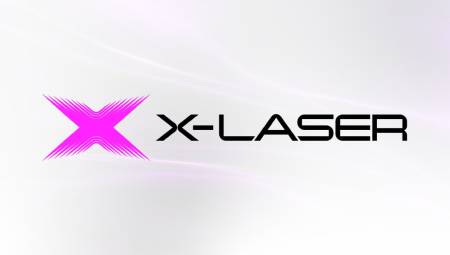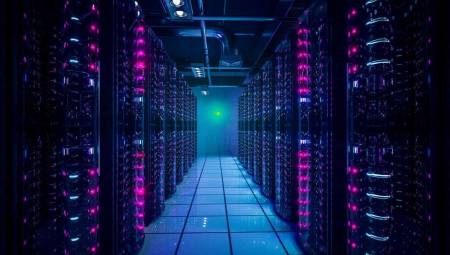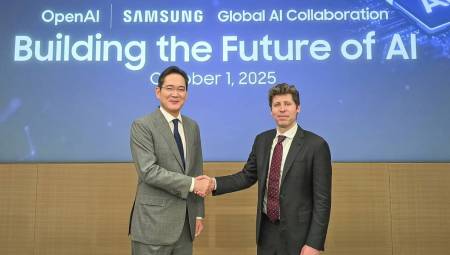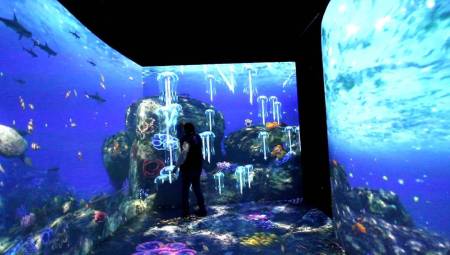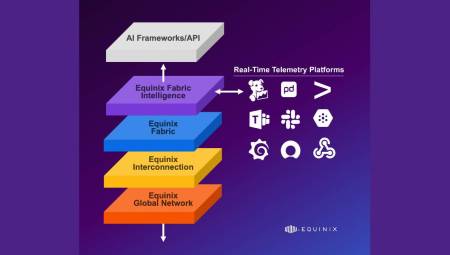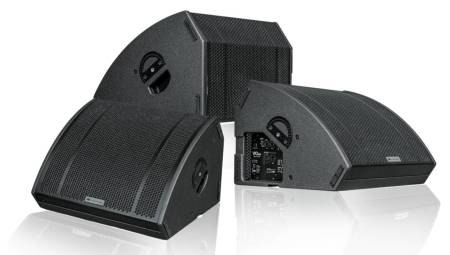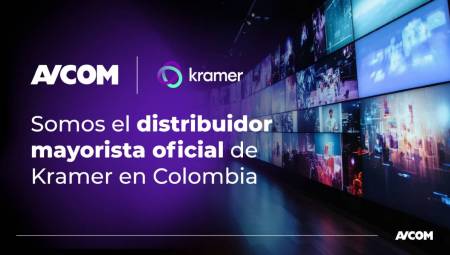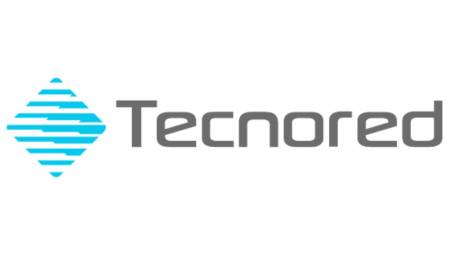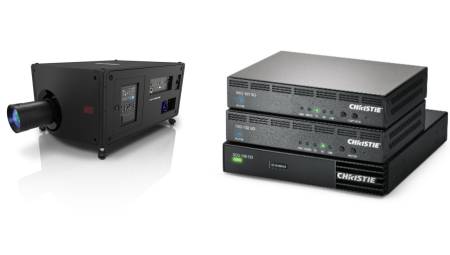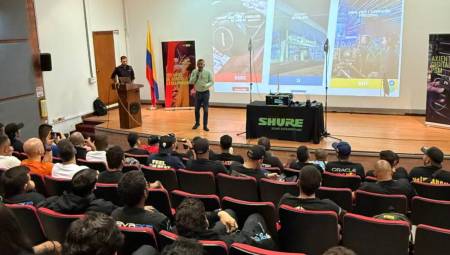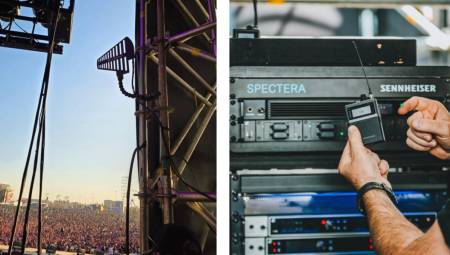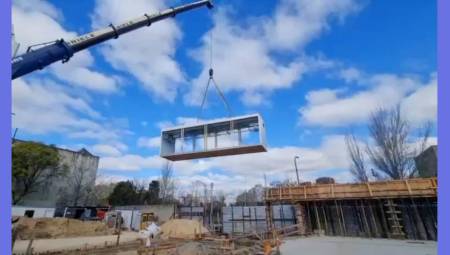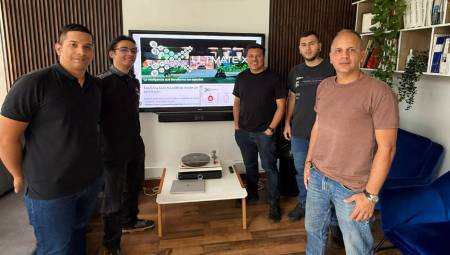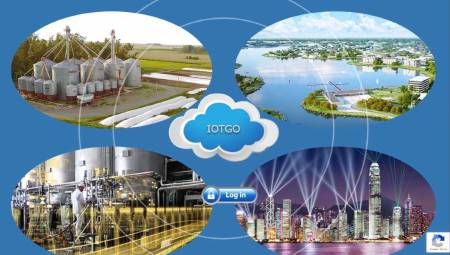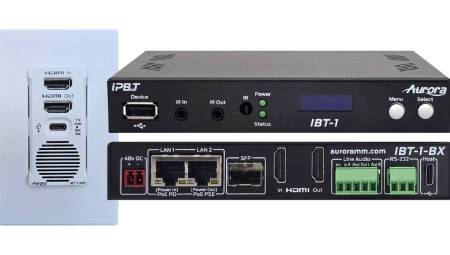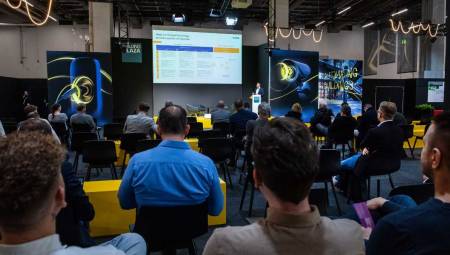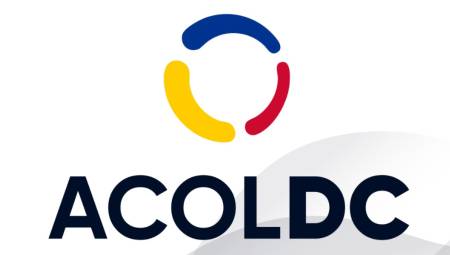 Latin America. The Internet of Things (IoT) is a technological trend with immense potential to generate value. Some of its applications have already demonstrated encouraging results, such as the use of Invisible Tracck sensors to identify and combat deforestation in the Amazon forest. It is also important to highlight the application developed by Cornell University (NY - USA), which allows the use of smartphones to perform instant measurement of cholesterol levels.
Latin America. The Internet of Things (IoT) is a technological trend with immense potential to generate value. Some of its applications have already demonstrated encouraging results, such as the use of Invisible Tracck sensors to identify and combat deforestation in the Amazon forest. It is also important to highlight the application developed by Cornell University (NY - USA), which allows the use of smartphones to perform instant measurement of cholesterol levels.
That picture also applies to Latin America where according to the IDC, the IoT market will move $ 41,000 million in 2016. The first wave of IoT in Latin America must focus on simpler devices, which will be a source of generation of numerical data that demand little band, such as fleet management applications. Although the IoT multiplies the data collection points, the volume generated will be relatively small compared to other applications.
That doesn't mean the Internet of Things doesn't bring its own challenges. With the multiplication of smart sensors, the gateways for cyber attacks are also growing. The risk that hackers could control industrial devices, vehicles and personal items is real. In addition to that, as is the case in Latin America, we have the challenge of maintaining the physical integrity of smart devices that are often installed in urban areas and are subject to vandalism. These risks will have to be neutralized in part with preventive measures and joint actions by IT and infrastructure teams.
The digital world is full of devices
Cold research from the Cisco VNI 2016 report reveals that, despite all the euphoria about the Internet of Things, internet video consumption generates 63% of global data traffic. The expectation is that that mark will reach 79% in 2020 and data traffic generated by videos in Ultra HD will rise from 1.6% to 20.7% of the total in 2020.
A Virtual Reality app provides the person who is using it with a virtual landscape, for example, Facebook's Oculus that provides 360-degree vision. This scenario is a very high density video (HD or 4K) that, even with only an extension of a few minutes, easily achieves the size of a feature film in low resolution.
A simple 15-second video in HD format is much heavier than the entire mass of data collected in a week of tracking a truck in a fleet monitoring IoT application. The Cisco VNI Mobile 2016 survey shows that the simplest IoT devices generate an amount of data equivalent to 7 times what an ordinary cell phone (not a smartphone) produces. By demanding little from telecommunications networks, entry-level IoT devices are not going to represent much weight for infrastructure providers in Latin America.
We are still a long way from a reality in which Latin American consumers consume 4K videos and adopt virtual reality technologies on a large scale. That happens, in part, because of the economic disparities in our region, which make this type of technology inaccessible to the vast majority of people. Another important factor is that the transmission of video files via the Internet demands a lot from the IT and telecommunications infrastructure.
According to Akamai's The State of Internet 2016 report, latin American countries are competing to offer fast network bands. The best placed country in the range of networks with a band equal to or greater than 15 Mb/s is Chile, in which 4.4% of its Internet services achieve that mark. But, to reach that position, Chile invested a lot between 2014 and 2015, and consequently managed to grow by 150% from one year to the next. Uruguay has the next place with 4.1% of its Internet in the range of 15 Mb/s; followed by Mexico, with 4%; then, Argentina, with 1.7% of its Internet in the range of 15 Mb/s. In Brazil, only 1.1% of Internet services achieve that mark.
Socioeconomic inequalities and lack of access to high-speed internet will delay the adoption of these technologies in Latin America.
Companies that are leading the development of Virtual Reality applications, such as Facebook, Google and Microsoft, know that the success of their offers depends on the existence, even in Latin America, of an infrastructure capable of exiting the tsunami of data caused by 4K video and virtual reality applications. That's why they've invested heavily in their on-premises data centers.
Even so, it is clear that in the future we will live immersed in a world marked by the proliferation of HD and 4K videos and the adoption of Virtual and Augmented Reality technologies (see the fever of the Pokémon-Go game). This new way of life will generate an unprecedented amount of data and this wave will put data centers and telecommunication networks to the test.
The data centers of the future are going to be installed closer and closer to the edge of the network and will use remote management and integrated solutions with fast installations. We can also expect hybrid sites with integrated telephone exchanges and small data centers.
The demand generated by video streaming will lead the main participants in the sector to evaluate new paradigms. We're going to see more data centers at the edge of the network. These are smaller data centers, geographically spread and focused on the initial phases of data processing. The data initially processed in the data center at the edge of the network will eventually be transferred to a larger data center that hosts the litter of cloud analytics applications. At the end of the day, the richness of the IoT is not in the device itself but in the data generated and in the refined analysis of Personal Data (the data about the person monitored by the IoT device).
This reality is leading market analysts to value data center infrastructure management (DCIM) solutions that facilitate resource management on site or in a remote central. Another trend that has gained popularity is the rapid deployment of module-integrated, containerized data centers This type of deployment eliminates construction time and allows the customer to connect the modules immediately upon arrival at their destination.
As consumers, we will have to wait a few more years before we see these technologies really unleashed in Latin America. As managers in the area of technology, however, we must already prepare the IT infrastructure of our businesses for this new reality.
Text written by Tiago Khouri, Director of Marketing and Planning of Emerson Network Power in Latin America.






































